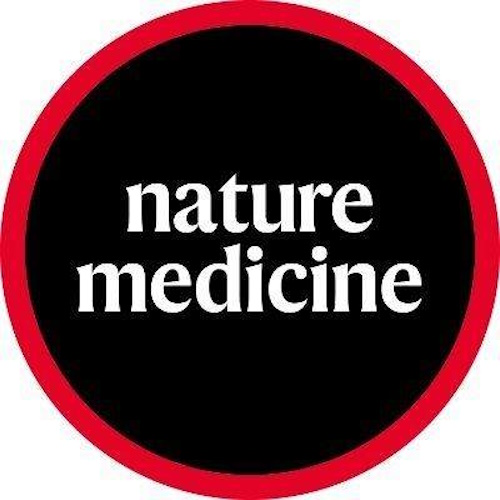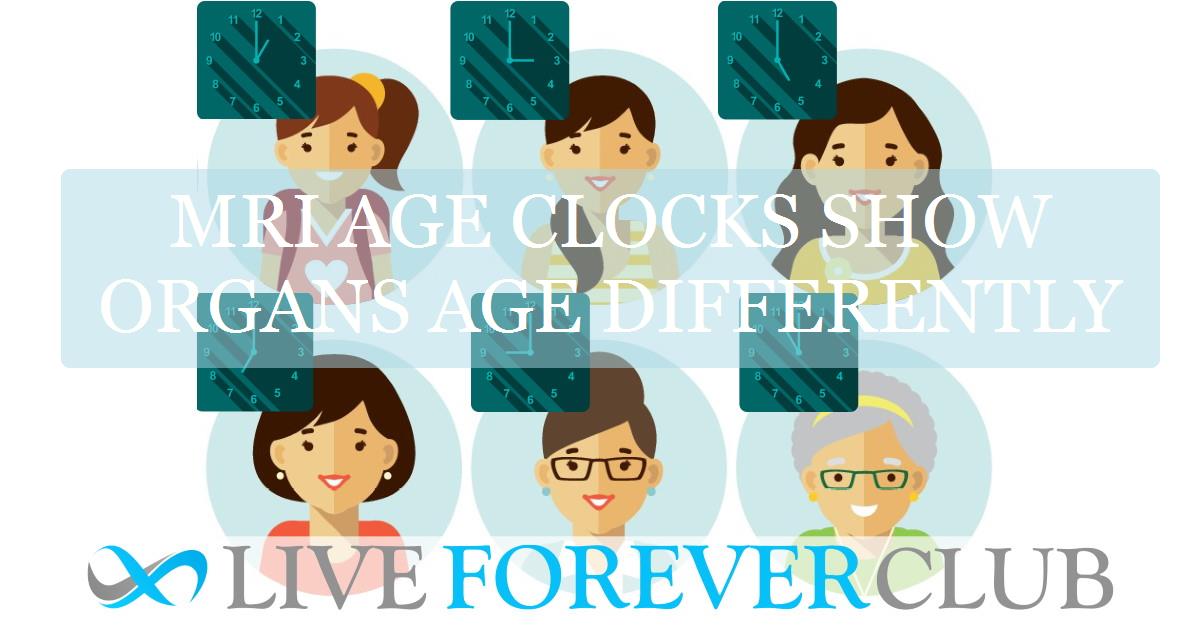Key points from article :
A new study led by researchers and published in Nature Medicine has revealed that each organ in the body appears to age at its own pace — and those differences can predict who is more likely to develop certain diseases or live longer. Using Artificial Intelligence and Magnetic Resonance Imaging (MRI), the team developed seven “MRI Biological Age Gaps” (MRIBAGs) that measure how much older or younger the brain, heart, liver, spleen, kidney, adipose tissue, and pancreas appear compared to a person’s chronological age. These organ-specific “aging clocks” were trained on large MRI datasets from the UK Biobank and related cohorts to identify how structural and functional features of each organ reflect biological aging.
The researchers then mapped these MRI-based age gaps to thousands of proteins, metabolites, and genetic variants to uncover the molecular underpinnings of organ aging. The study found hundreds of protein-organ associations, such as VCAM1 in the spleen and PLA2G1B in the pancreas, as well as metabolic links like creatinine with kidney aging. Genetic analyses revealed dozens of significant loci and tissue-specific heritability patterns, suggesting that the biological mechanisms driving organ aging are partly inherited and distinct across organs. Some genes identified were linked to existing drug targets, raising the possibility of repurposing treatments to slow aging in specific tissues.
When tested against real-world clinical data, MRIBAGs proved powerful predictors of health outcomes. For instance, accelerated brain, pancreas, and adipose aging predicted a higher risk of developing type 2 diabetes, while a faster-aging heart correlated with hypertension. People whose brains or adipose tissue appeared biologically older were more likely to die earlier, whereas those with younger-appearing livers or spleens tended to live longer. In participants of an Alzheimer’s prevention trial, those with “younger” brains also maintained better cognitive function over time, though the aging effect was independent of drug treatment.
Overall, the study demonstrates that MRI-based organ clocks could one day help doctors assess health risks before symptoms appear, personalize disease prevention, and optimize clinical trials by identifying biologically older or younger participants. While further validation is needed across diverse populations, these findings bring science closer to the goal of turning routine MRI scans into a powerful tool for precision aging and longevity medicine.






